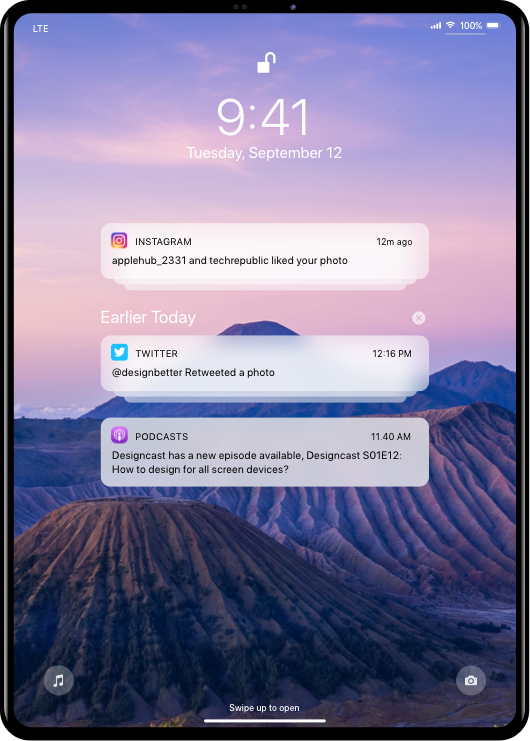This Is Our Secret Sauce
We don't just build apps, we build user behavior
What if you could understand why your users do the things they do? Or know what they want, so you can make a truly useful app? Or find out what drives them to open your app so they start coming back EVERY DAY?












